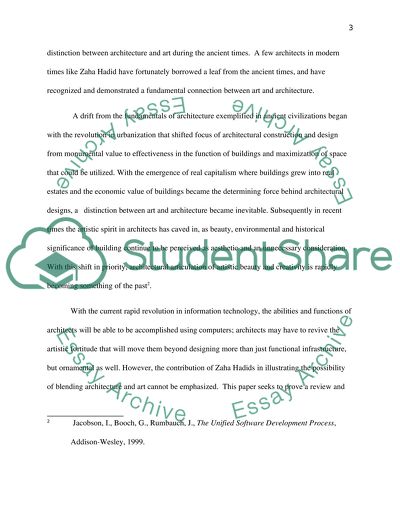Cite this document
(“The Development Of Ideas In Creative Process Of Zaha Hadid Essay”, n.d.)
Retrieved from https://studentshare.org/architecture/1397281-the-development-of-ideas-in-creative-process-of-zaha-hadid
Retrieved from https://studentshare.org/architecture/1397281-the-development-of-ideas-in-creative-process-of-zaha-hadid
(The Development Of Ideas In Creative Process Of Zaha Hadid Essay)
https://studentshare.org/architecture/1397281-the-development-of-ideas-in-creative-process-of-zaha-hadid.
https://studentshare.org/architecture/1397281-the-development-of-ideas-in-creative-process-of-zaha-hadid.
“The Development Of Ideas In Creative Process Of Zaha Hadid Essay”, n.d. https://studentshare.org/architecture/1397281-the-development-of-ideas-in-creative-process-of-zaha-hadid.


